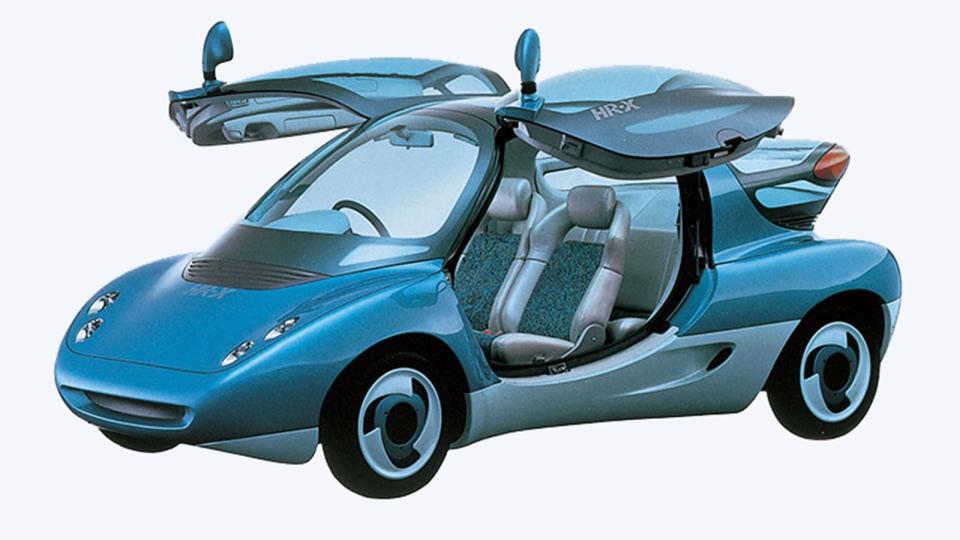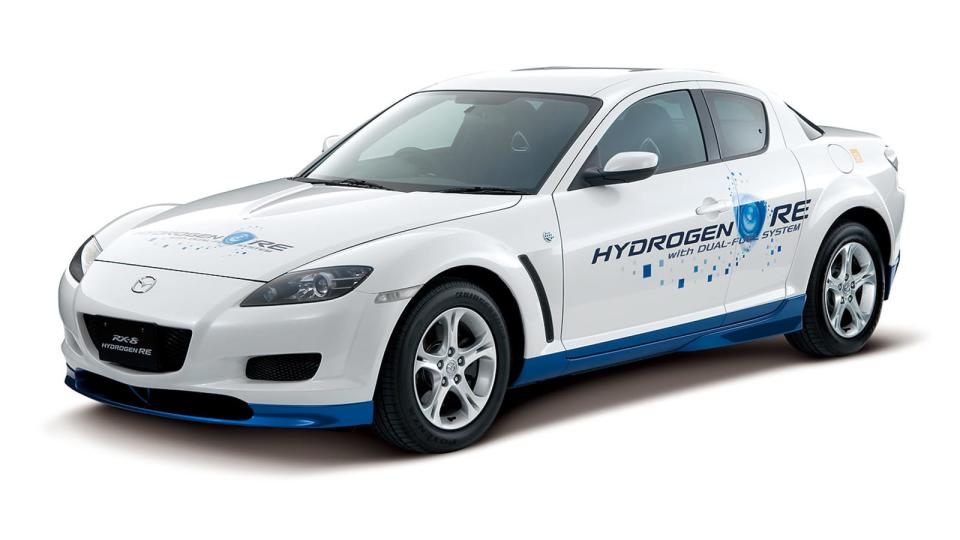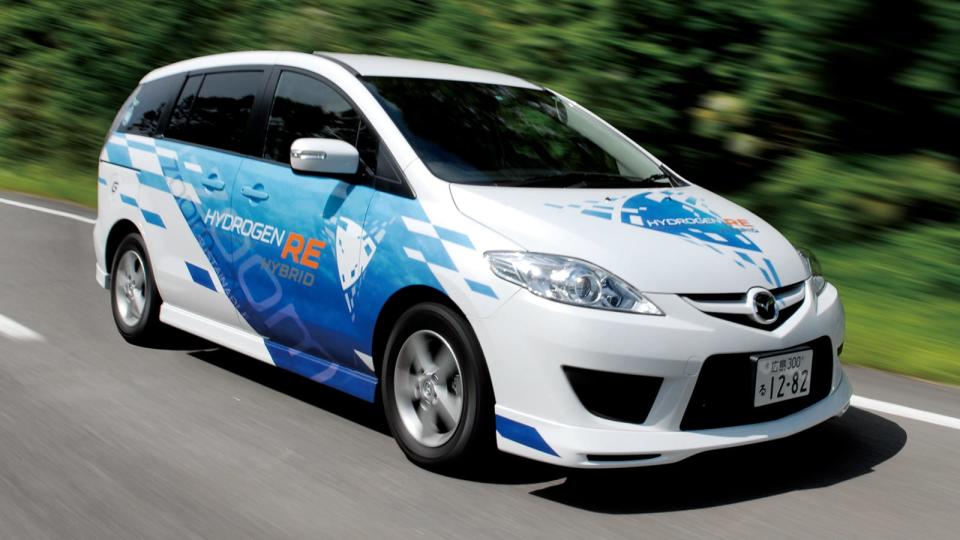A brief history of Mazda's efforts to make the rotary green

The rotary engine is known for a lot of good things. It's compact and lightweight. It's super smooth. It's happy to rev to outrageous rpms. It even won the 24 Hours of Le Mans. What the rotary is not known for is being environmentally friendly. In fact, rotaries are notoriously fuel thirsty. But Mazda is looking to change that reputation. It has just launched the MX-30 R-EV, a series plug-in hybrid with an electricity-generating rotary engine. And for years, decades, before this little crossover, the Hiroshima-based firm has been trying to make the rotary green. One could argue that's been the case from the start with work to make the regular gas-powered rotary more efficient, but even the most efficient production rotaries, the RX-8's Renesis engines, never were frugal. And the ethanol-powered engines like that in the dearly-departed Furai concept weren't particularly green either. So we're specifically looking at the more major attempts: Mazda's hydrogen and range-extender projects.

Mazda's green rotary development was focused on hydrogen well before hybrids. As early as 1991, Mazda exhibited a concept called the HR-X, shown here. It had a slippery, organic shape typical of the time, particularly of Mazda, which undoubtedly was also meant to give the hydrogen engine its best opportunity to be efficient. It was followed up by an HR-X2 in 1993 with a slightly more squared-off styling. Both of them ran on existing rotary engines converted to run on hydrogen. Mazda also had a Miata prototype in 1993 with one of those hydrogen engines, and in 1995, it started testing a couple of Capella Cargo (Mazda 626) station wagons with them.
Part of the reason Mazda was experimenting with hydrogen in rotaries was because they have an inherent advantage over piston engines when burning hydrogen. Hydrogen is easily ignited, sometimes too easily, so pre-ignition is a real issue. That can lead to a backfire in a reciprocating piston engine if it's early enough. That's substantially less likely with rotors that are constantly turning in one direction, rather than going back and forth. Furthermore,because the design of the rotary engine means that combustion happens in only one section of the rotor housing, the intake area is kept much cooler, reducing the risk of pre-ignition as hydrogen is introduced to the air-fuel mix.

The next big milestone for the hydrogen rotary came in the mid-2000s. Mazda had introduced the latest iteration of the gas model, the Renesis, and it once again developed a hydrogen variant. What was particularly neat about the engine was that it was engineered to run either on hydrogen or gasoline. It wasn't restricted to a flashy concept, either. The engine was first shown in 2003, and then appeared in a couple of cars, the RX-8 and Premacy (Mazda5) in 2005. The former wasn't just a show car, either, as it was available for lease starting in 2006. A few were even sent to Norway for fleet use.
In the RX-8, the powertrain was not that different from a regular automatic RX-8. In fact, at 207 horsepower running on gasoline, it was only down a few horsepower (the regular automatic version made 212 horsepower). The big difference was that four injectors, two for each rotor, were added in the tops of the rotor housings for running on hydrogen. The dual injectors were necessary to provide enough hydrogen for adequate power; emphasis on "adequate." Running on hydrogen reduced power to 108 horsepower.
Despite having both a gas tank and high-pressure tanks for hydrogen, the RX-8 still retained all four passenger seats. It did lose pretty much all its cargo space, though, to the hydrogen tanks. Range was rather short at just about 60 miles, though, likely a combination of hydrogen's low energy density and tanks that were restricted by the RX-8's relatively small package and having to save room for some gasoline.


 Yahoo Autos
Yahoo Autos 
